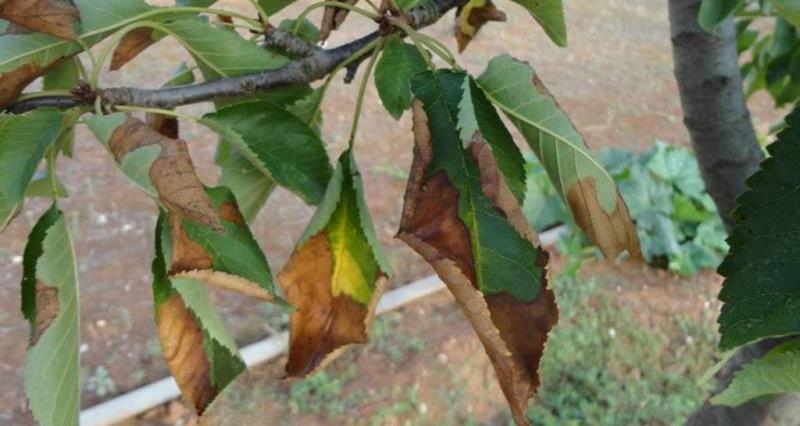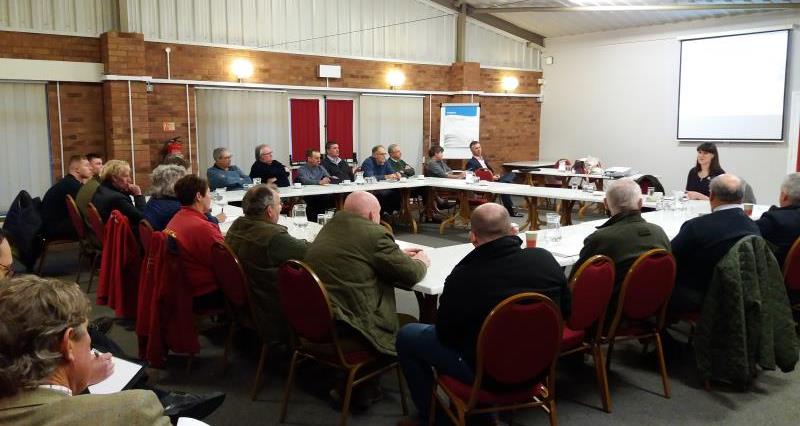As part of our commitment to help keep members are aware of the situation and inform people as to what they can and should do to protect the UK from this disease, the NFU is holding a number of meetings across the country to discuss Xylella Fastidiosa. At this week’s meeting, NFU Horticulture Adviser, Amy Gray, walked members through the background to the disease, exactly what it is and does, how it has spread through Europe so far, best practice in handling the disease and the legal requirements should it land in the UK. APHA Plant Health & Seeds Inspector, Richard Hindley, was also on hand to discuss the disease, answer questions and give advice where possible.
 Background:
Background:
Xylella Fastidiosa is a bacterial disease transmitted from plant to plant by xylem-boring insects, such as leaf-hoppers. The bacteria multiply within the xylem and obstruct the flow of water around the plant. In some cases, this causes the leaves to die-off (this is a tell-tale symptom). However, the symptoms are easily confused with under-watering or autumnal leaf-drop so it is a particularly difficult disease to spot. Proper diagnostics are required to determine whether the symptoms are caused by Xylella.
So far, we have had no recorded cases of Xylella in the UK. However, Xylella Fastidiosa has been identified in Italy, southern France (including Corsica), Germany and now Spain (Mainland and the Balearics).
What is the NFU doing?
The NFU is in regular contact with officials at APHA (Animal and Plant Health Agency) regarding this issue and is in discussions with the European Nurserystock Association (ENA) to ensure a joined-up vision of plant health issues across the EU. We are making sure our members are aware of the disease and how best to handle it (and the legal requirements) should it land in the UK.
For more information on the disease and what you can do and must do to help prevent it click here …
